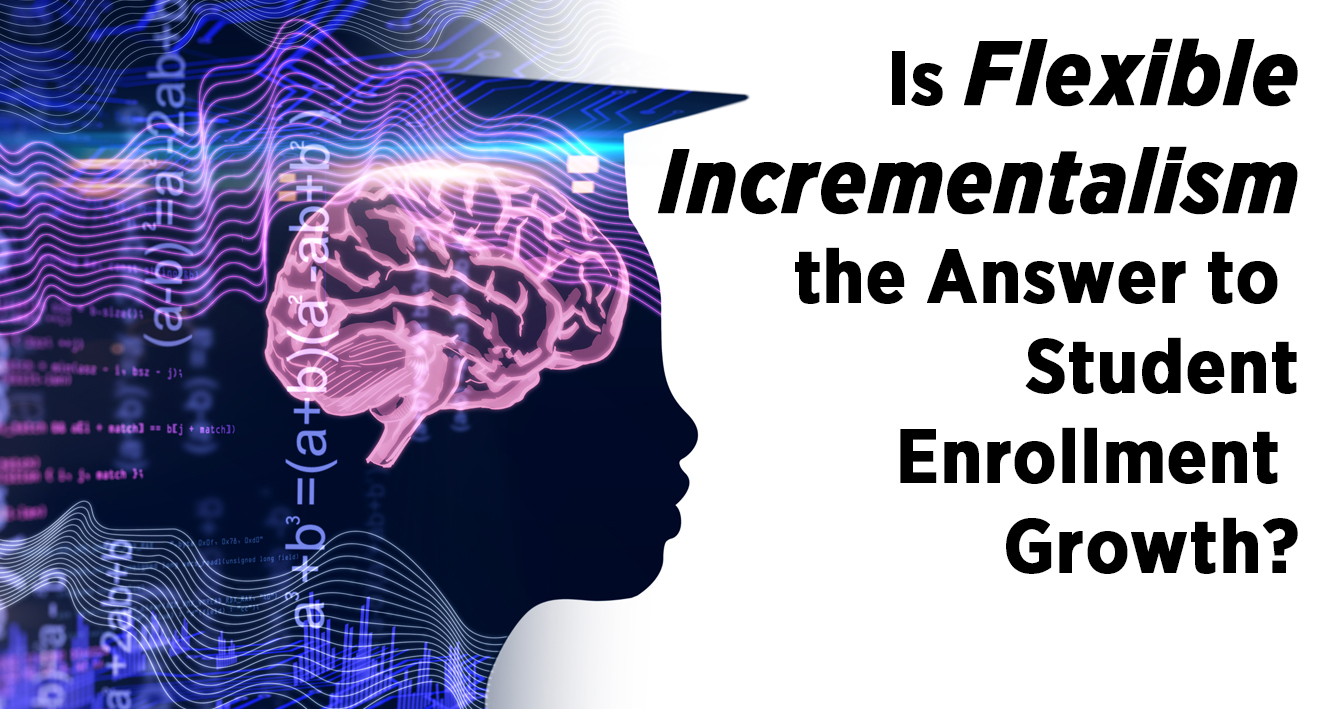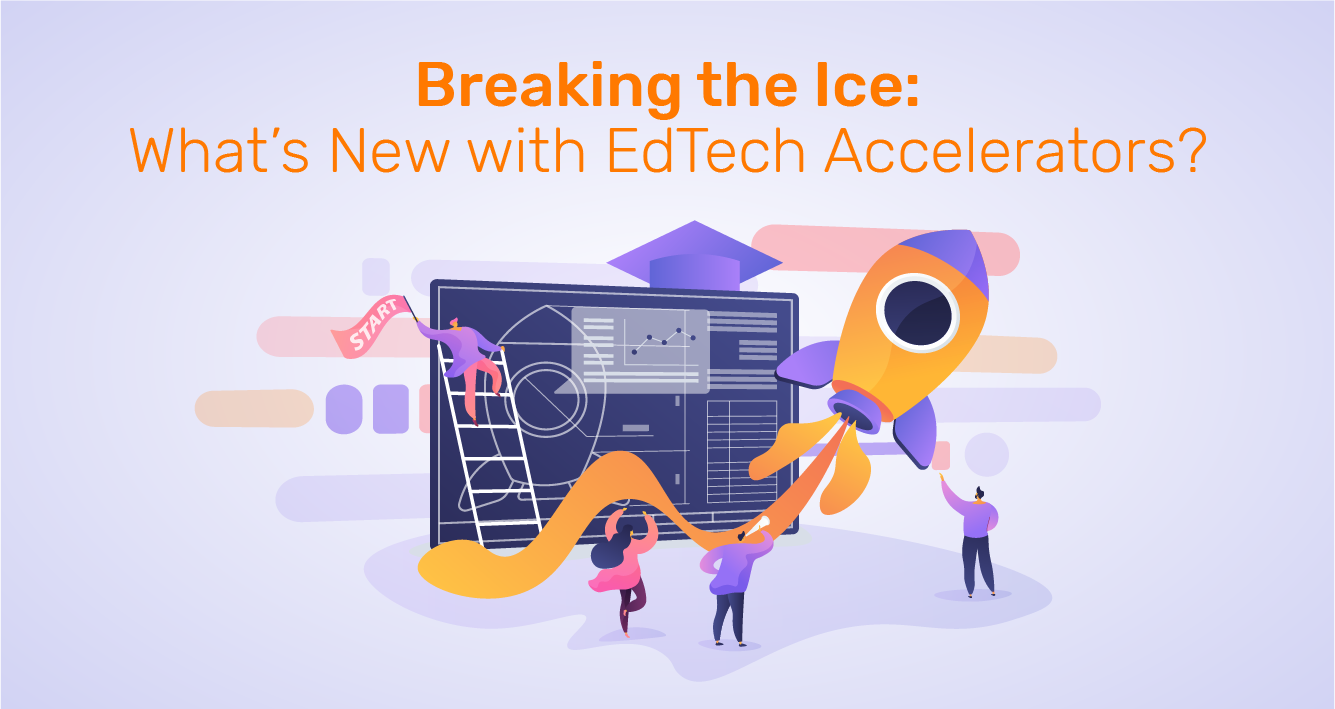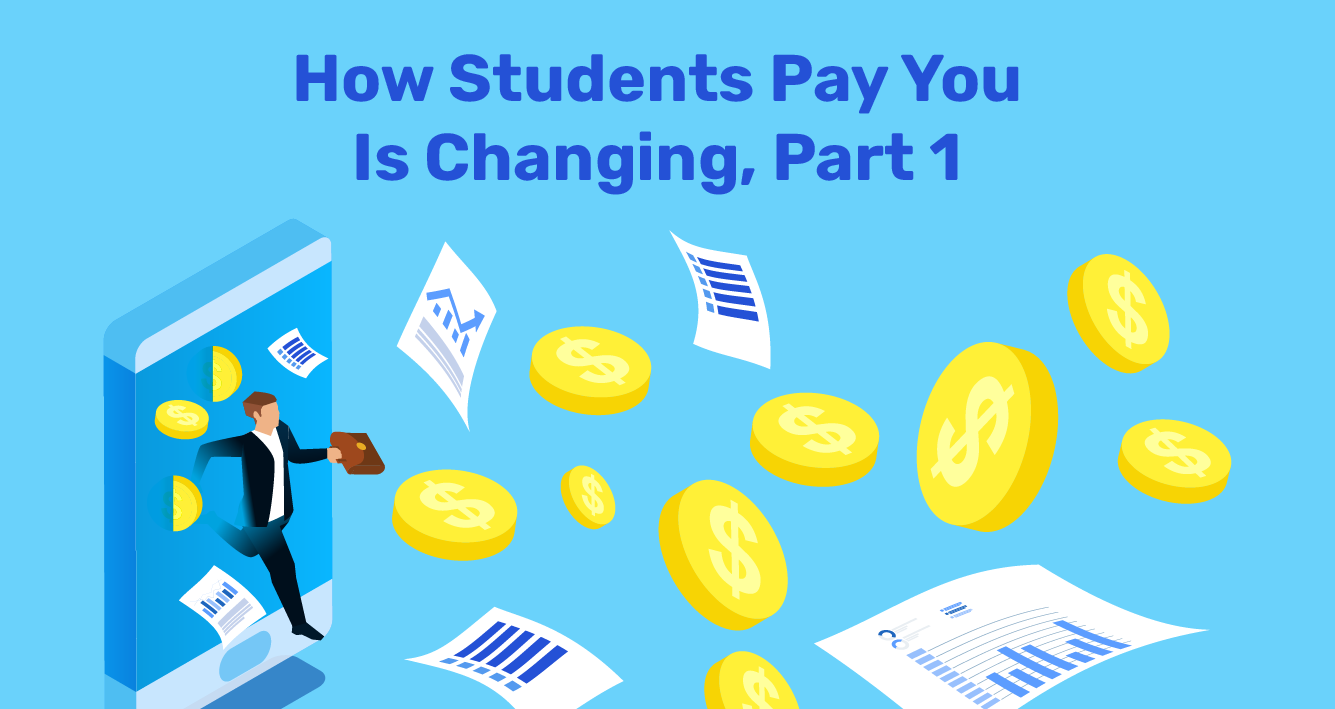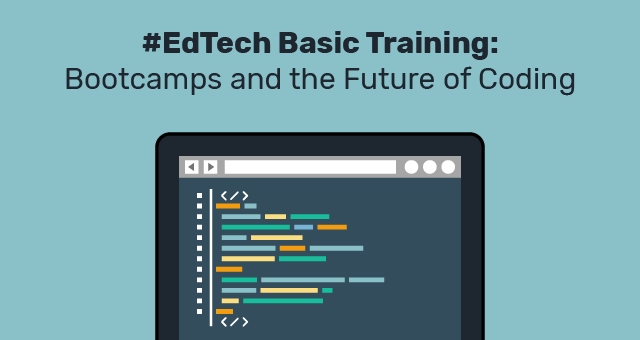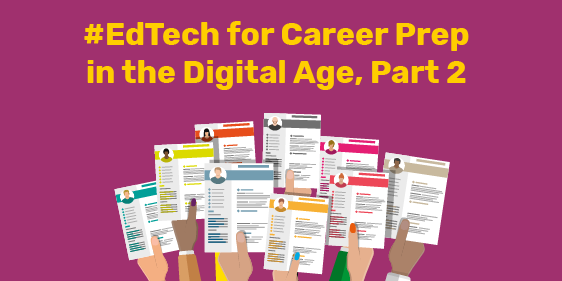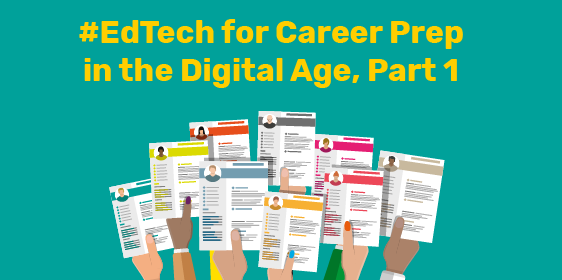According to Moody’s reports on the financial pain 4-year institutions are facing, higher ed administrators are managing a host of escalating challenges.
What we know: cutting your way to success has never worked for any institution.
What we want: strategic, incremental investments that pay off.
But which ones will lead to predictable enrollment growth and revenue? Oh, and student success?
There is a guiding light, a process to achieving this kind of success.
With technology playing an increasingly critical role in every aspect of our lives, especially now, academic institutions have recognized the need to accelerate the adoption and development of digitally oriented enrollment processes and education delivery. These moves can reverse enrollment declines and support the quality of education that students and families expect. What we look toward: a smart, agile, and modular approach.
Framed as a modern and flexible model, incremental investments in technology for marketing and student success can align university leadership, administrators and importantly, faculty. CFOs take note, this is a plan for predictable enrollment and revenue streams.
The team delivering on this approach brings deep skills in marketing, enrollment management, and technology to support academic institutions through transformative initiatives carried out incrementally.
The goal is to produce an enrollment management transformation and a re-imagined approach to student success. Affordable marketing and AI-powered technology investments, each with clear transactional wins (think ROI) that justify the process, move the institution through a series of system improvements and enhancements toward the envisioned state.
We’ve been here before, and we know that transformation is tough at large institutions. Bold and expensive strokes often fail to build the necessary stakeholder buy-in. The result: limited successes, far less than envisioned.
Incrementalism recognizes that there are common modules every institution will want to address (recruitment, enrollment management, alumni relations, student and career services, etc.). Each institution is different in how and when each valued area blends into the transformation effort.
Read on to view our latest webinar in which I am joined by Ashish Fernando, iSchoolConnect CEO, and a panel of excellent guest speakers from Dartmouth, Babson, Northeastern, and Google to discuss how this new approach can pave the way to predictable, affordable, and transformative enrollment results.
Read More
